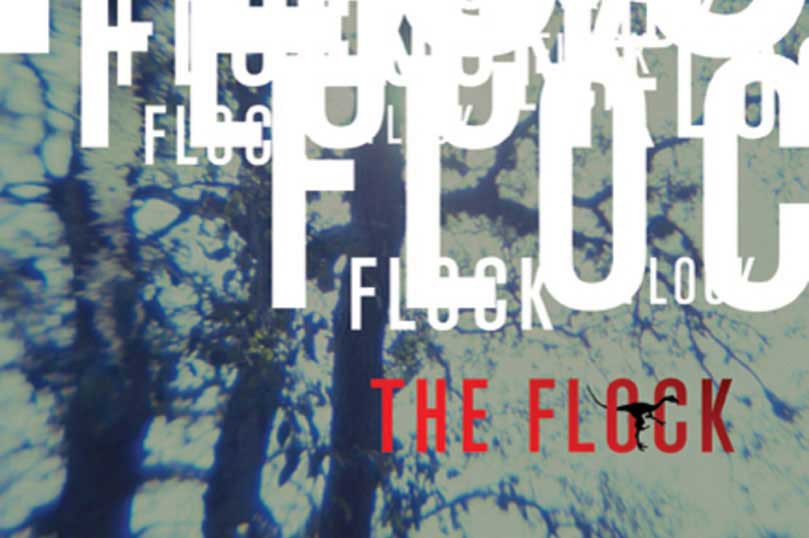
The Genesis of The Flock
By James Robert Smith The spark for The Flock was born in the early 1990s when I read about the discovery of a bone in a Florida spring. A paleontologist had found a piece of the fossil puzzle for the animals commonly referred to as “Terror birds”. These were enormous, flightless, predator birds that lived…
